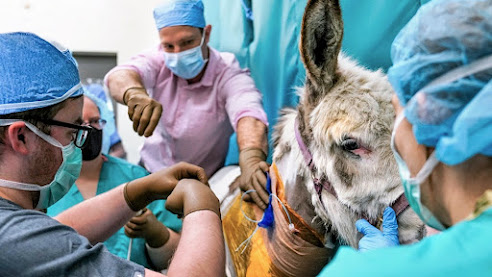California lives with a sleeping giant — an occasional flood so large that it inundates major valleys with water flows hundreds of miles long and tens of miles across.
Motivated by one such flood that occurred in 1862, scientists investigated the phenomenon in 2010. They called it the “ArkStorm scenario,” reflecting the potential for an event of biblical proportions.
To account for the additional flood-worsening effects of climate change, scientists from UCLA and the National Center for Atmospheric Research have completed the first part of ArkStorm 2.0.
“In the future scenario, the storm sequence is bigger in almost every respect,” said Daniel Swain, UCLA climate scientist and co-author of the paper, which is published today in the journal Science Advances. “There’s more rain overall, more intense rainfall on an hourly basis and stronger wind.”
In total, the research projects that end-of-the-century storms will generate 200% to 400% more runoff in the Sierra Nevada Mountains due to increased precipitation and more precipitation falling as rain, not snow.
The researchers used a combination of new high-resolution weather modeling and existing climate models to compare two extreme scenarios: one that would occur about once per century in the recent historical climate and another in the projected climate of 2081-2100. Both would involve a long series of storms fueled by atmospheric rivers over the course of a month.
















.jpg)